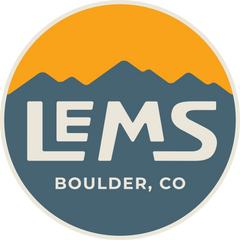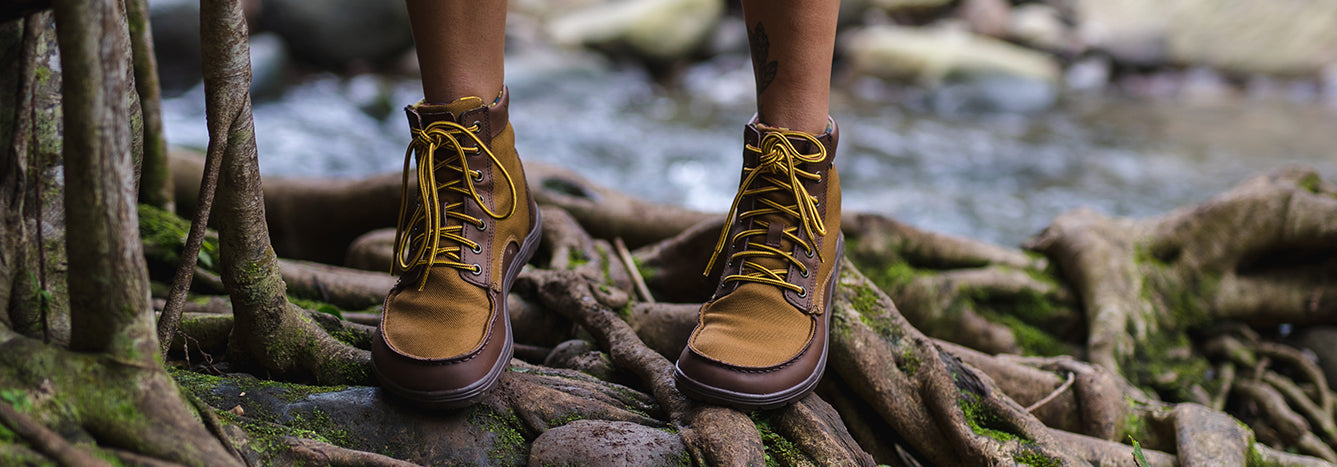For positive results in building a healthier, more functionally strong and enduring foot long-term, you have to get your feet working on their own, independent of external support. This includes arch support, wedge inserts and motion stabilizers, components of which make up most traditional running shoes. What’s most problematic about these structural reinforcements is that they silence muscle activity and engagement in the feet, wearing down foot strength over time, which is an inescapable fact.
Even worse, most traditional running shoes are narrow in the front, forcing the toes into extremely tight positions which is directly responsible for bunion formation, neuroma’s as well as uneven stress displacement throughout the foot, placing a huge burden on the little bones in the feet. In this way, there are many negative forces at work on the foot, putting a runner in a very difficult situation when it comes to injury prevention.

Essentially, the most important takeaway is that the stability of your footstep is tied to your foot strength, When the foot muscles lay dormant, like they do in traditional narrow running shoes, the feet are destined to become physically and functionally weak and misshaped, which can attract a great deal of injury for runners.
This is why minimalist footwear, like Lems, are so important because they remove physical restrictions on the feet and encourage them to operate independently. This allows the feet to develop the necessary strength that toughens your balance control to levels not experienced in traditional running shoes. This can only happen when your feet are free to move and engage naturally, the way nature intended which is why you have so much to gain with a pair of Lems.
Lems are what makes a good minimalist shoe great because they are functionally specialized to work with your foot, not against it. These shoes provide the structural framework that’s the perfect anatomical compliment to the shape of the human foot because they are built on a wide, flat and flexible platform - the ideal combination for allowing the foot to continuously expand, flex and spread to its natural state.

Another basic requirement of a good minimalist shoe is that the sole should be nothing but a thin piece of rubber that gets you close to the ground and easily delivers adequate ground-feedback, the kind of sensory information shown to improve better handling of your movement. This is another praise for Lems because the thin sole and minimal materials works nicely at providing enough ground-feel to help stabilize you on all sorts of terrain. Good ground-feel is also a building block for sufficient foot strength and flexibility.
Bottom line, there’s no reason for the feet to feel weak and trapped within a shoe. It's for this reason that minimalist footwear, like Lems, are completely dedicated to mirroring the barefoot experience, the way humans evolved.

